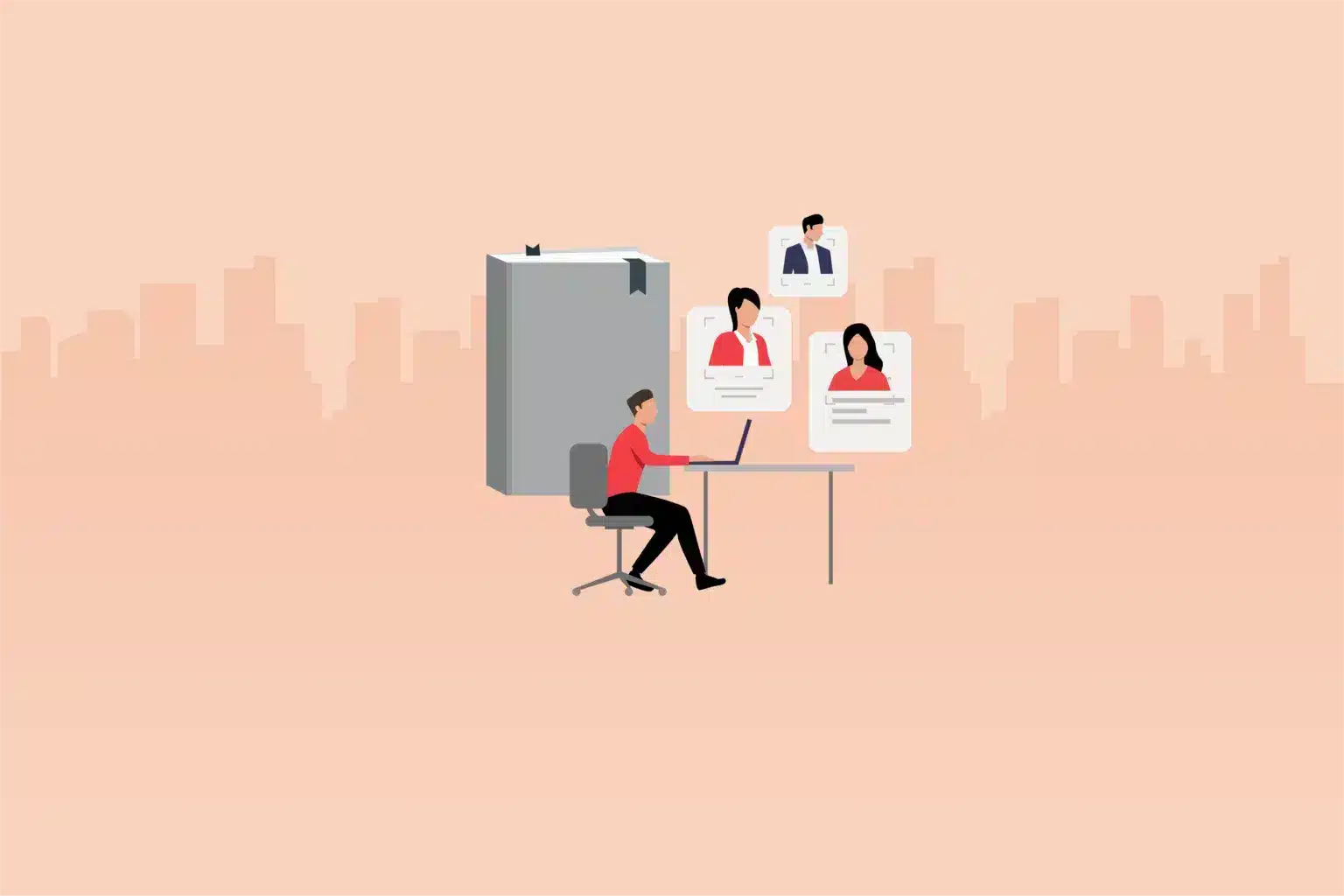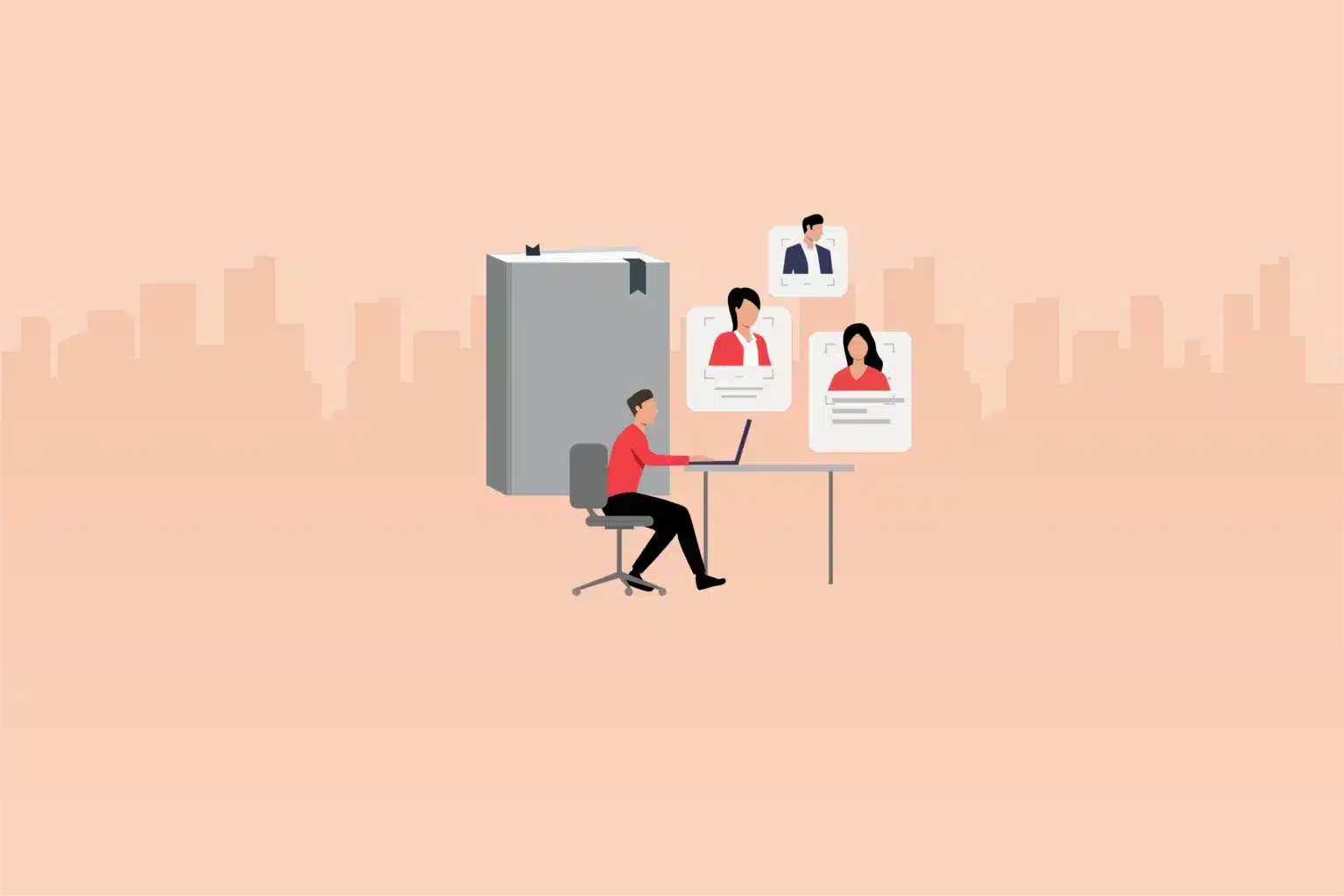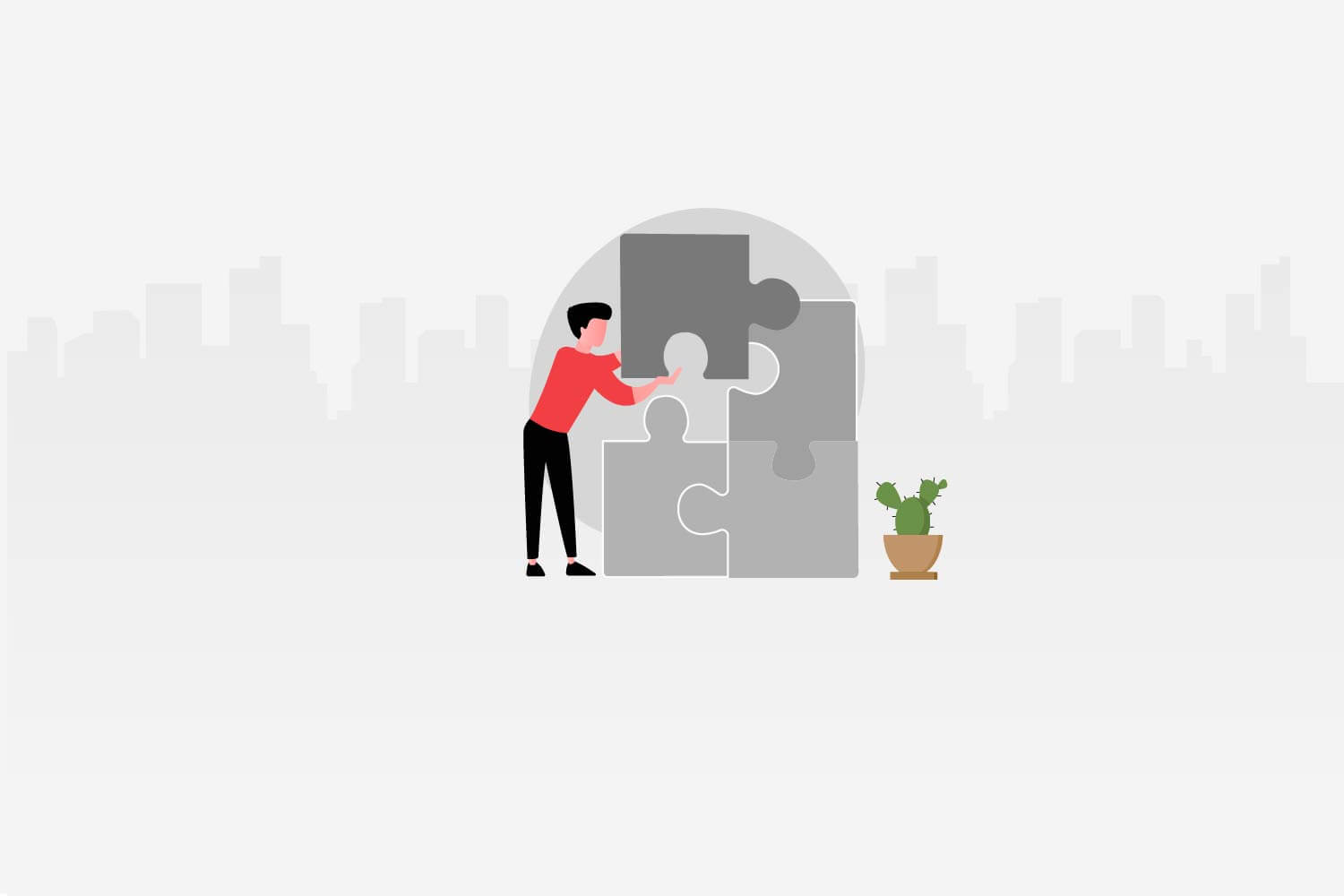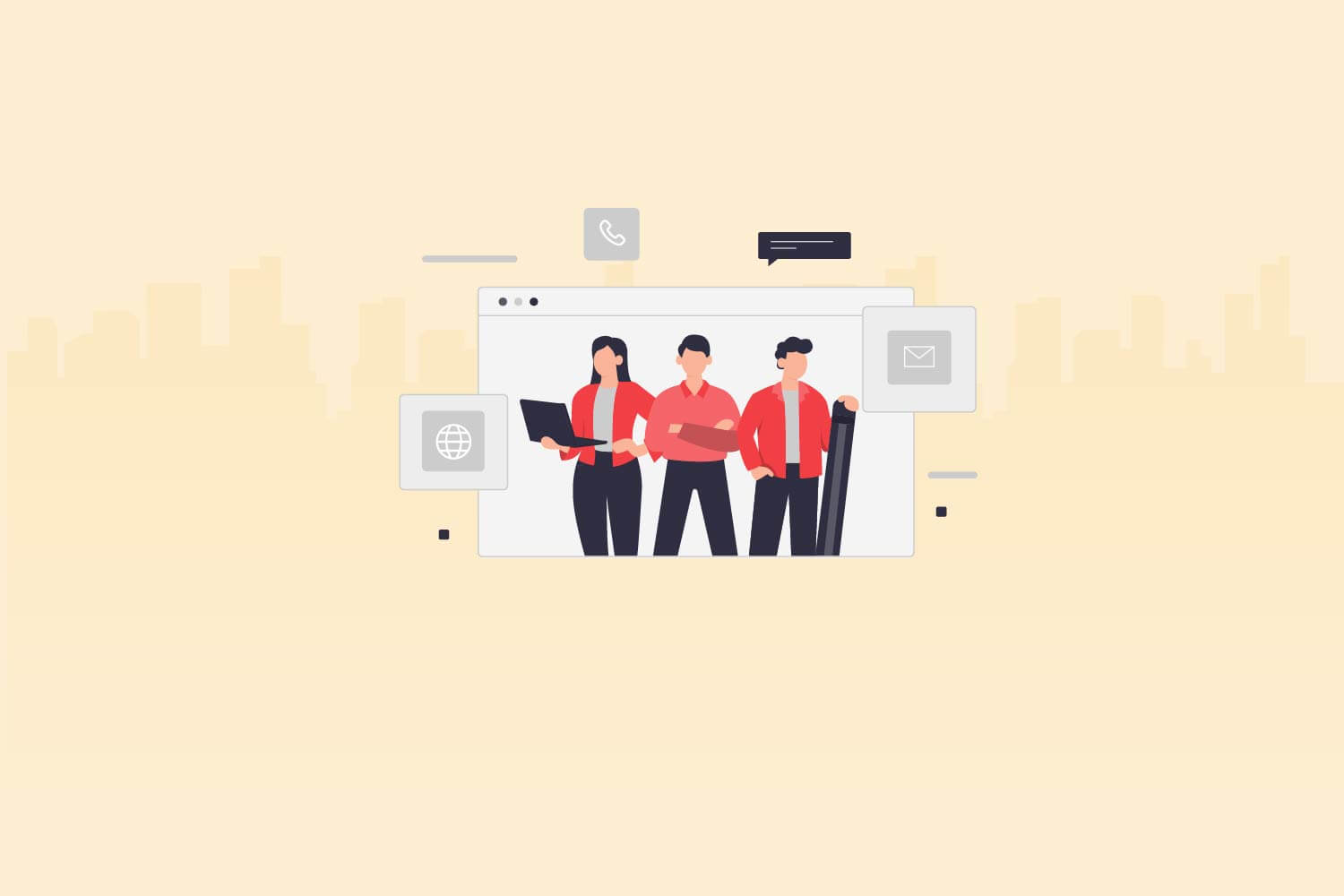The quality of hire is one of the most important metrics when looking at the success of your recruitment efforts.
Aside from burning resources, a poor quality hire results in:
- Reduced productivity
- High staff turnover rate
- Job dissatisfaction
On the other hand, a good quality hire results in the opposite such as:
- Increased productivity
- Low staff turnover rate
- Good job satisfaction
Candidates should have the skills for the role and align with the company values so that they’re not just another employee who leaves within the first few months of joining.
In this guide, we’ll be going over 8 ways you can improve quality of hire to build and maintain a high-performing team.
What does quality of hire mean?
You may have already heard on several occasions about the importance of quality of hire. After all, it’s a key metric to monitor in your recruiting process.
When analysing the quality of hire, it refers to how valuable a new employee is from the moment you hire them until the moment they resign. In this context, valuable means how much they contribute to the growth and success of your organization.
Although the candidate’s skills are one of the main factors of a good hire, another factor relates to whether or not they’re a good fit for the company culture.
The importance of measuring quality of hire
Measuring the quality of hire is crucial as it can lead to results such as:
- Minimizing the cost per hire
- Reducing the time to hire
- Increasing recruitment efficiency
Overall, improving the quality of hire decreases recruitment costs and factors into the growth of your organization. Without measuring this, it’s difficult to ensure you’re recruiting the best people for the right roles.
How to improve quality of hire in 8 steps
Now that we’ve established its meaning and significance, we’ll look at the 8 steps you can take to optimize your hiring approach.
But to put it simply, the main factors to take into account with each candidate is their:
- Skills
- Work performance
- Cultural fit
1. Create a persona profile of your ideal employee
The first step starts by creating a persona profile of your ideal employee. This outlines the basic background information about them including:
- Age
- Work experiences
- Educational background
- Objectives
- Motivations
- Skills
Once you take note of what the best candidate would look like, it gives you a general idea of what to at least expect. Otherwise, if you dive right into the deep end without knowing what skills or qualities to look out for, it can affect the type of applicants you attract.
2. Collect data from your best employees
Here are two ways you can collect the data you need effectively:
- Analyze the performance of your current employees
- Get employee feedback
Such information can be found in the data from pre-hire and post-hire. It’s important to commit to regular reviews and to monitor the following:
- Job satisfaction
- Employee lifetime value (ELV)
- Productivity
- Skills gap
3. Showcase the company’s cultural values
Although optimizing the employee experience can impact the quality of hire, the best practice is to ensure you get it right from the beginning. Before progressing with different applicants, it’s efficient to filter those that aren’t a good fit for the company culture because these are the people who are likely to quit sooner than you would prefer.
According to a report by Robert Walters, it was revealed that:
- 90% of employers stated that a good cultural fit is vital
- 73% of employees resign from their job because they don’t match the company culture
So, you can ensure you’re attracting the right candidates by promoting your company culture and making your brand values clear. This gives job seekers insight into the type of environment they’ll be involved in, which could also increase diversity and workplace inclusion.
4. Provide a great candidate experience
First impressions are important.
Those same impressions can last for a significant period of time, even as candidates begin to get to know you better. If you’re not leaving them with a positive experience after your first few interactions, it could lead to adverse effects when proceeding with the recruiting process.
Here are a few ways you can optimize the candidate experience:
- Personalize your way of communication
- Make the application process straightforward
- Use short yet effective and insightful assessments
- Focus on employer branding
- Respond promptly to their questions
5. Prepare effectively for your interviews
An interview gives you the opportunity to understand the individual better. It also gives you a chance to showcase more about what you have to offer as an organization and if the candidate understands their responsibilities.
That being said, make a list of thoughtful questions that challenge them and demonstrate their inner character.
For example, give them a workplace scenario to see how they react in different situations. As candidates have spent time preparing for the interview, you should too by preparing personalized questions.
6. Focus on keeping candidates engaged
Personalize the candidate experience by addressing the job seeker as an individual and making them feel a part of the company already. You’re speaking to another human, not just a professional resource.
This can influence their decision-making not just during the recruiting process. But, even after they receive a job offer.
So, make sure that you’re:
- Following up with candidates promptly
- Respecting the candidate’s time
- Spending enough time preparing for each interview
- Providing a smooth, efficient process
7. Align with the candidate’s needs
Some of the best job seekers are not only skilled and qualified for the role. But, they have their own expectations of the company they’re applying for.
For example, in a workplace like today after the COVID-19 pandemic, workers are now looking for remote work opportunities. Aside from having a work-life balance through flexible working hours, it also minimizes costs and commuting time.
Another example is offering professional development where people can continue to learn, grow, and develop their skills.
In other words, the top talent has their own interests which they’re looking to fulfill before accepting a job offer. Matching their needs is what contributes to them becoming long-term employees.
8. Use a range of talent assessment methods
Building a high-performing team starts by hiring those with a strong ability to produce results.
The question is, how do you know you’re hiring the right people?
Enter your talent assessment methods. These are used to evaluate a candidate’s professional skills by testing their:
- Role-specific expertise
- Cognitive ability
- Technical skills
- Situational judgment
Fortunately, Testlify offers all the skills assessment tools you need in one place. You can customize each test to suit your needs and identify those who are more specialized for the job vacancy.
Final thoughts
Use these tips to improve quality of hire but keep in mind that it does take time.
As we head into the future of HR and recruitment, it’s only becoming a more important aspect to keep on top of.
While there are ways to optimize the employee experience to improve engagement and retention, it’s effective to get the hiring right from the beginning. This means taking into account both the candidate’s job skills and cultural fit.








